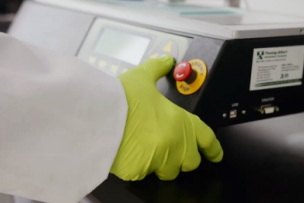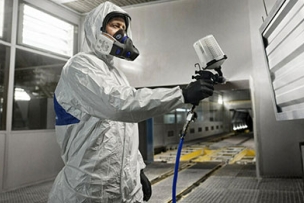The problem with clothing meant to fit everybody is that it tends to fit very few bodies particularly well.
That’s a drawback that can carry harsh consequences—from severe injury to high regulatory fines—when the garb in question is personal protective equipment used to protect employees from sometimes hazardous environments inside American machine shops and factories.
Employers are required by the U.S. Occupational Safety and Health Administration (OSHA) to provide PPE from overalls to hoods, helmets and glasses to protect workers from job-site risks, and the regulator specifies that the gear must fit each employee properly.
While unisex PPE was largely sufficient to meet that standard when the industrial workforce was made up mostly of men, the increasing number of women taking factory jobs today is forcing employers to rethink their tactics.
Many are starting to replace unisex items with gender-specific gear they believe will keep their employees safer in roles from welding to operating heavy machinery and processing food.Among the reasons is that employees are more likely to remove PPE when it’s uncomfortable or fits poorly. Doing so not only leaves them more susceptible to injury but their employers more vulnerable to citations for violating OSHA’s protective-gear rule, violations of which cost the manufacturing industry over $850,000 last year alone.





Talk to Us!
Leave a reply
Your email address will not be published. Required fields are marked *